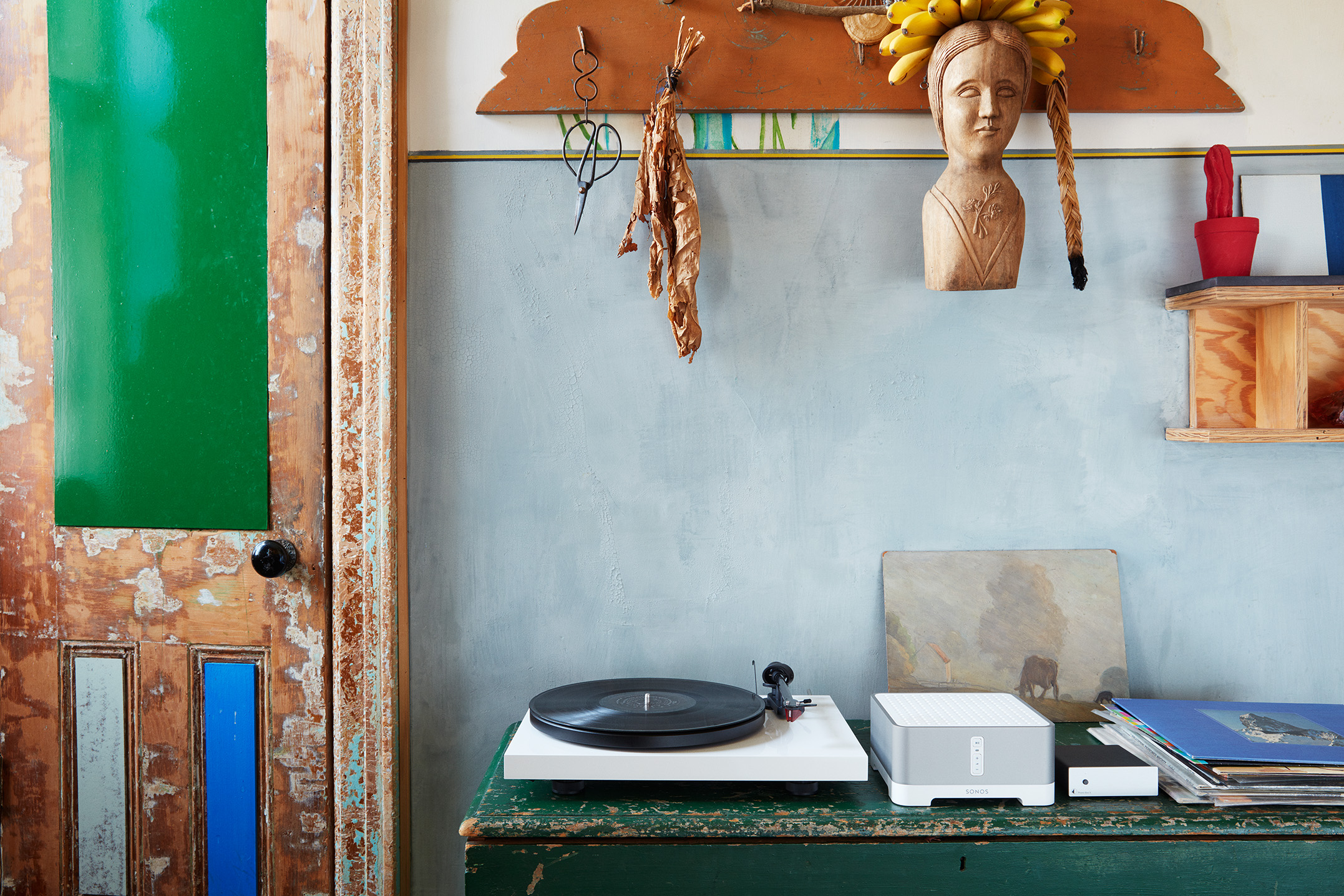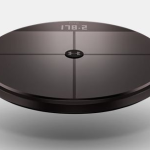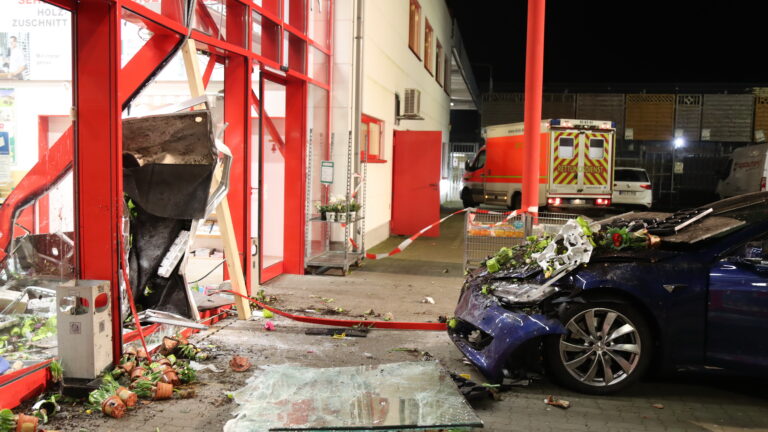Update: Sonos CEO Patrick Spence published an open letter to Sonos customers Wednesday, apologizing for the way his company handled the announcement. Spence pledged to keep legacy products "updated with bug fixes and security patches for as long as possible," although they still will not receive new software updates, and Spence reiterated the company's commitment to creating a workaround to separate legacy products onto a secondary network and allow users to use legacy products and "modern" Sonos equipment in the same home.
"Thank you for taking the time to give us your feedback. I hope that you’ll forgive our misstep and let us earn back your trust," Spence added.
Original post:
Sonos has been slinging smart speakers—and tech for connecting them—to dedicated fans since 2005. This week, however, Sonos announced the end of software support for its older product lines, and many of those once-loyal customers are furious.
Software support for "legacy" product lines will end in May of this year, Sonos said Tuesday in a corporate blog post and an email sent to customers. The list of products being forced off into the tech sunset includes original Zone Players, Connect, and Connect:Amp (launched in 2006; includes versions sold until 2015), first-generation Play:5 (launched 2009), CR200 (launched 2009), and Bridge (launched 2007).
Owners of an affected product basically have two options. Either they can take advantage of Sonos' "Trade Up" program to snag a discount on new Sonos stuff, or they can keep using their old product with the understanding that inevitably, certain functions will simply begin to fail over some long, unspecified period of time.
For users who do elect to keep their old equipment, there is an important caveat: any Sonos system is only as current as its oldest, weakest link. Basically, if you have a discontinued legacy device hooked up to newer, supported Sonos devices, the current devices will also be unable to receive software updates after the May 2020 cutoff. That's the bad news, but here's the good: Sonos says in its customer FAQ that beginning in May, it will introduce a way for device owners to separate their unsupported hardware onto a secondary network.



 Loading comments...
Loading comments...
